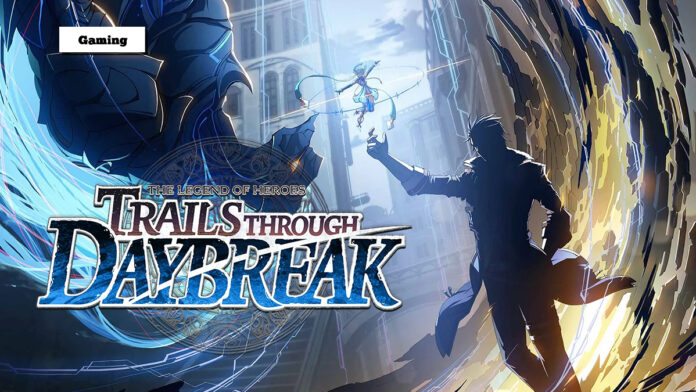Journeying through Zemuria has led us to meet The Bracer Guild of Liberl, Rean Schwarzer and the massive Class VII of Erebonia, and the Special Support Section of Crossbell. All their stories intertwined and concluded in Trails Into Reverie, and now, a new dawn begins in the Calvard Republic, an often-mentioned yet still unexplored area of Zemuria. Trails Through Daybreak has finally received an English translation, and a peace between Liberl, Erebonia, Crossbell, and the Calvard Republic has been formed for now—but what adventures await us in Calvard?

Trails Through Daybreak takes place in Calvard in 1208, and has you playing as Van Arkride, a Spriggan working at the Arkride Solutions Office. Falcom has described a Spriggan as a cross between a bounty hunter and a private detective. Van’s latest client is Agnes Claudel, a girl who attends Aramis High School in Edith, the capital city of Calvard, and they search for a specific type of orbment that not only she wants, but criminal elements of the underworld who want to use it for their own ends. On top of this, geopolitical intrigue including the threat of an economic recession and anti-immigrant sentiment prepare to bring the dark elements of society into the light.
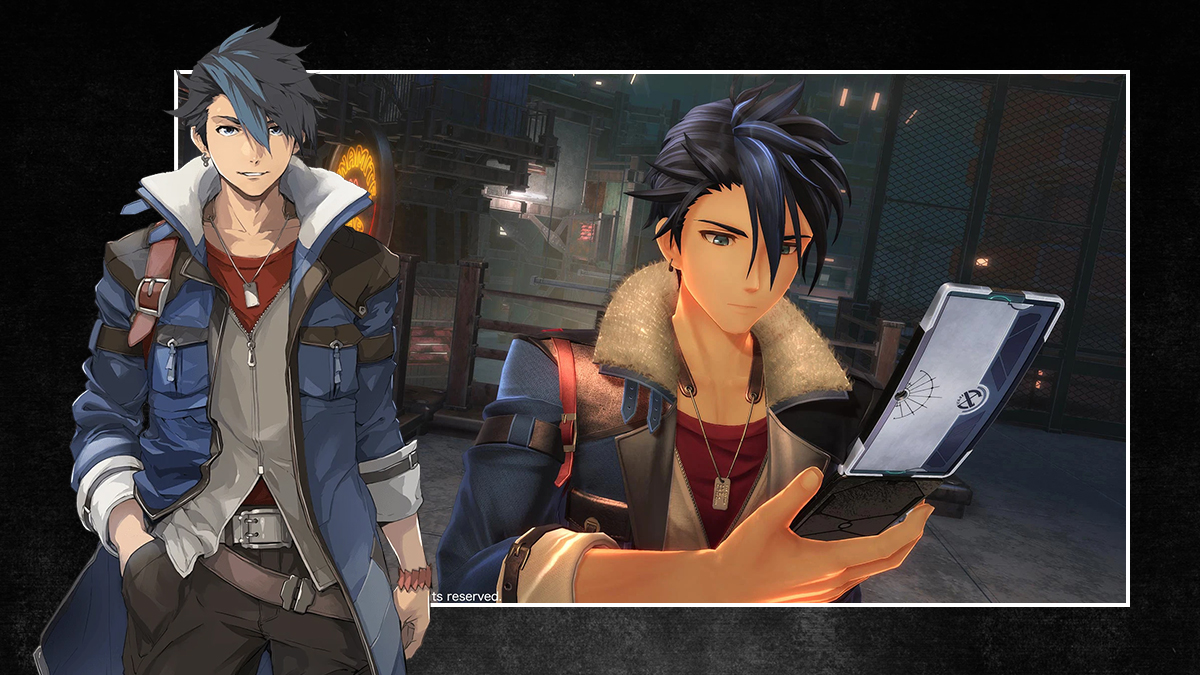

An entire new set of characters joins the already-burgeoning Trails cast, as well as a few returning characters from previous Trails games. Van can choose to work with a variety of groups, while previous games focused on a more traditional “good guys vs. bad guys” sort of narrative which makes Trails Through Daybreak very flexible if you like to explore what happens when you align yourself with certain groups in the game.
The cast is also a lot smaller than in previous games. The previous entry, Trails Into Reverie, had 50+ playable characters, reminding me way too much of Chrono Cross (an otherwise great game that is spoiled by the sheer number of playable characters). This allows the characters to develop better rather than being lost in the Zemurian sauce, and good character development can easily carry any JRPG into legendary status if done right.
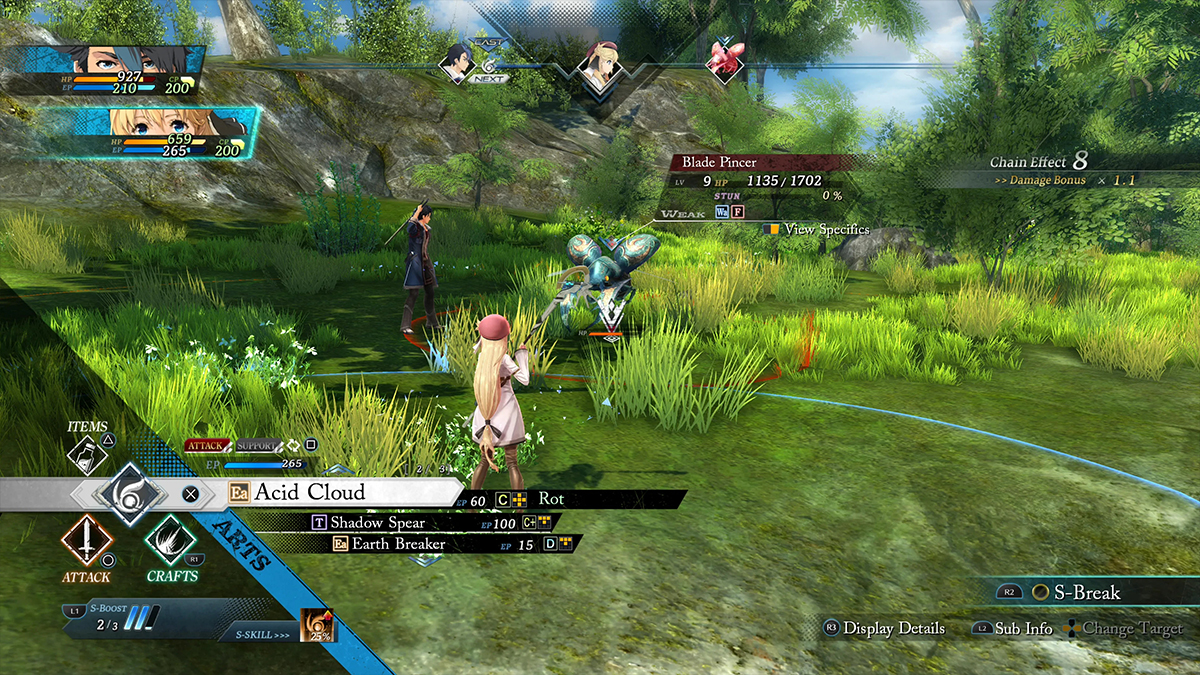
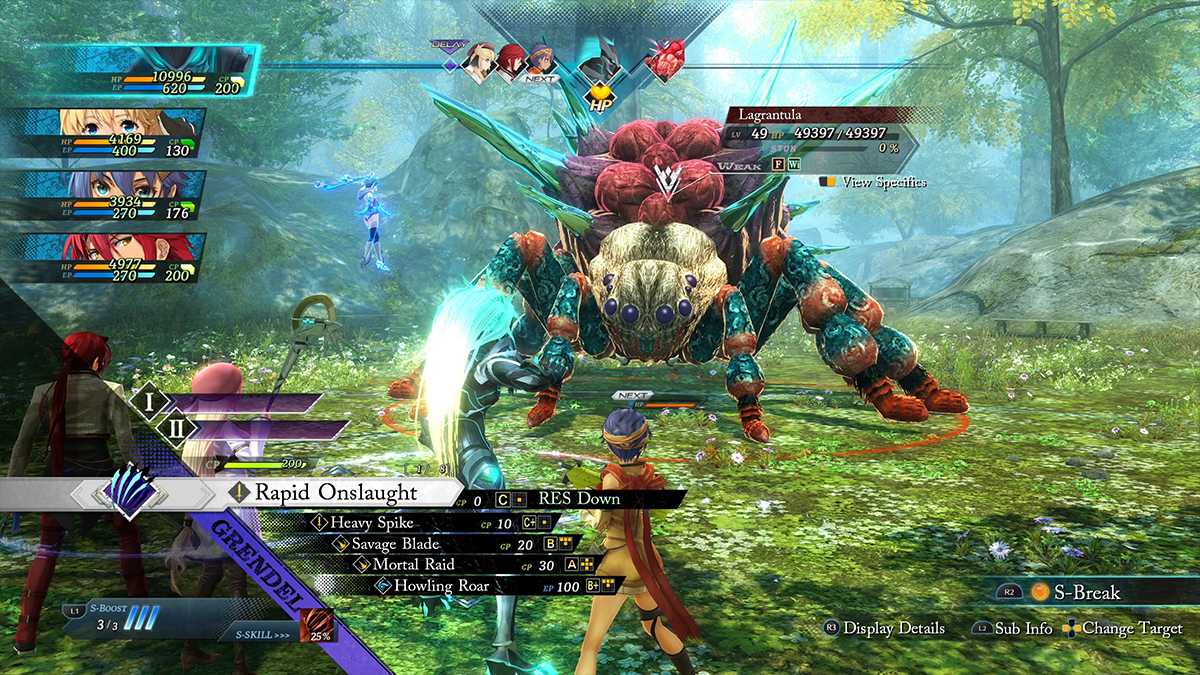
The battle system has changed significantly from previous entries. You can now switch between turn-based and realtime combat, which makes this game a lot more fun, and future JRPGs should take note of this. You can also freely move around a certain area before taking a turn, which annoyed me quite a bit in previous entries.
One example of this is Van’s Stun Slash, which allows you to interrupt enemy spells, but can also do more damage if you flank the enemy. This can allow you to position your characters well since moving no longer takes up a turn. Gems also work differently from previous games, as putting gems in certain lines (Weapon, Shield, Drive, and EX) can do things like add elemental attacks, protect against status effects, or recover HP. You can mix and match to suit your play style, and the customization options for the characters can be endless, yet certain combinations will be vital if you’re playing on higher difficulties.
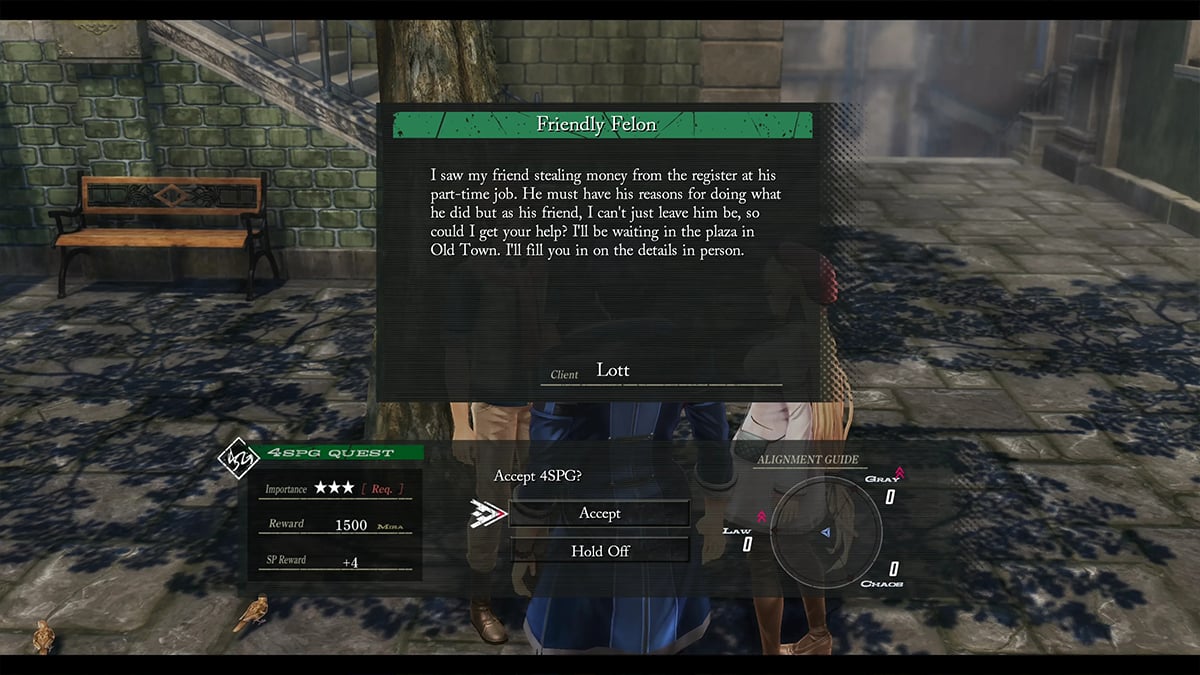
Unique to Van are the Law, Gray, and Chaos stats, which allow you to make different choices during side quests similar to Persona‘s social stats. This also goes against the grain of traditional JRPG tropes of beating the bad guys, allowing for more flexibility and gives you a Choose Your Own Adventure-esque experience. Depending on your Law, Gray, or Chaos stats, you can also help various factions in the game that can make battles easier (or harder) in certain chapters and even adds to replayability as certain characters will have unique character interactions with each other.
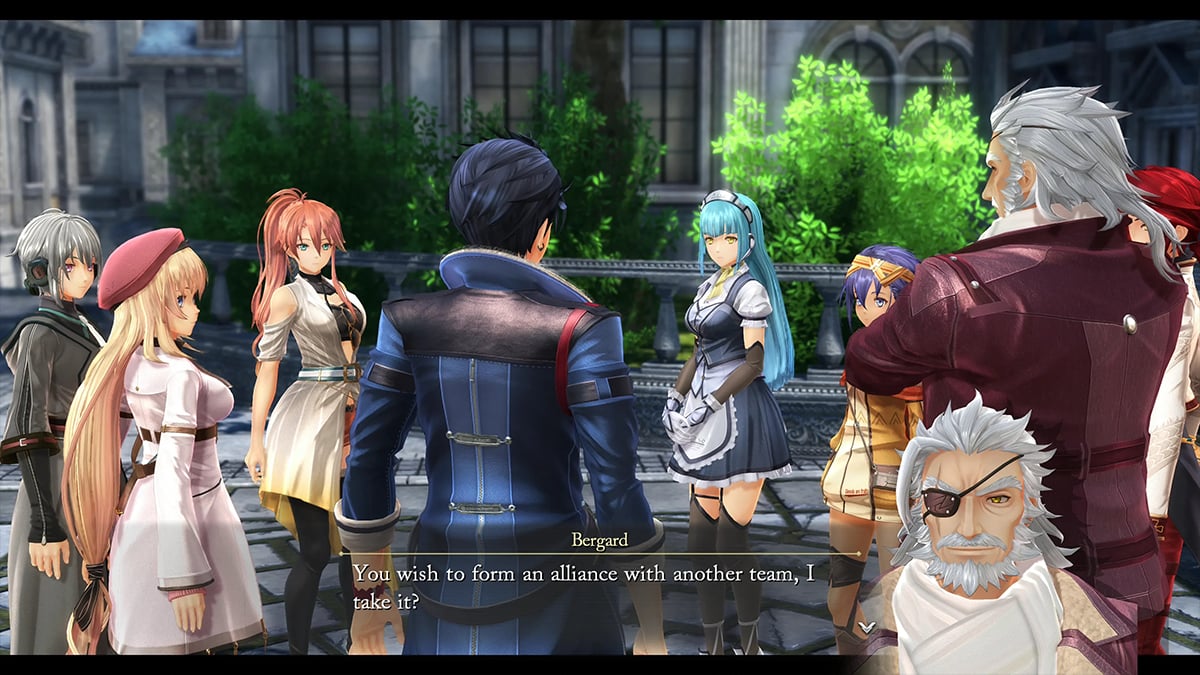
A new feature called Connections allows Van to casually hang out with his own party members, similar to Private Actions in Star Ocean: The Second Story R. This ties in beautifully with the already massive Trails worldbuilding and history, creating ties between the new cast and the old. Sadly, these new features also come at a price: the lack of minigames that could easily add hours onto a playthrough and reward rare and powerful items.
Cooking, another fun aspect of previous Trails games, also has been reduced to a shell of its former self, as characters can no longer create superb or peculiar dishes, but rather just regular dishes. Fishing is also sadly absent. However, the great soundtrack is another home run for Falcom, and I expected no less from their amazing music team.
Trails Through Daybreak gives up some gameplay aspects and introduces rather new and radical gameplay elements in their place that JRPG developers should take notice of. While you’ll have to play the series in order (starting from Trails in the Sky) if you want to fully understand the story up to this point, it doesn’t hurt to start here either as only a few returning characters from both the Liberl and Erebonia arcs are present in this game. Trails has been one of my favorite recent JRPG series, and this one is another must-play if you love JRPGs or even just deep stories and character development.
Developer: Nihon Falcom
Publisher(s): NIS America
Platform(s): PlayStation 4, PlayStation 5, PC, Nintendo Switch
Words by Jose Alvarez
Also published in GADGETS MAGAZINE July 2024 Issue
